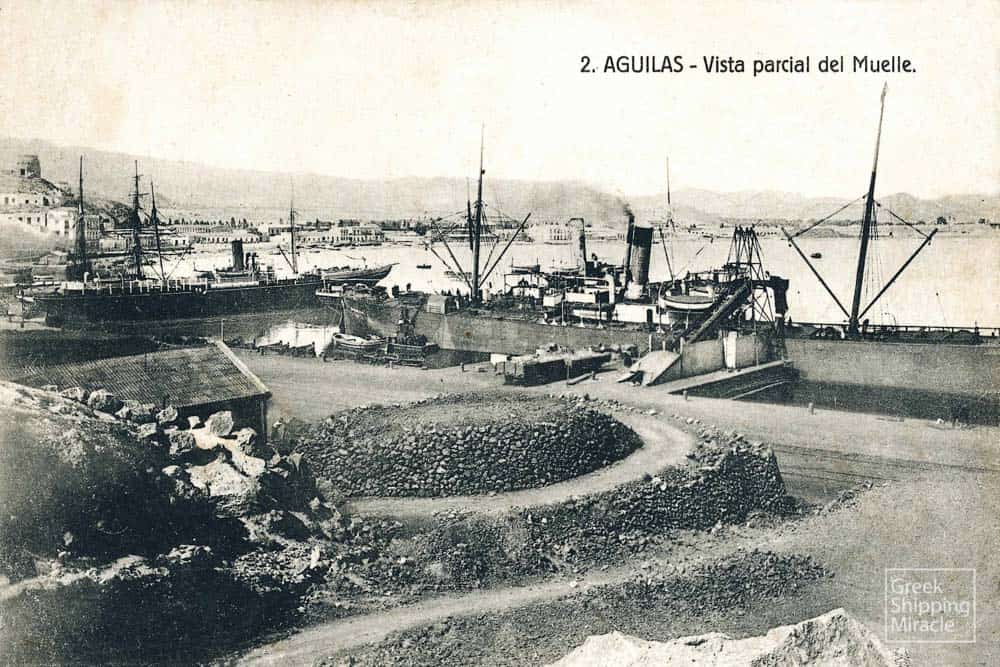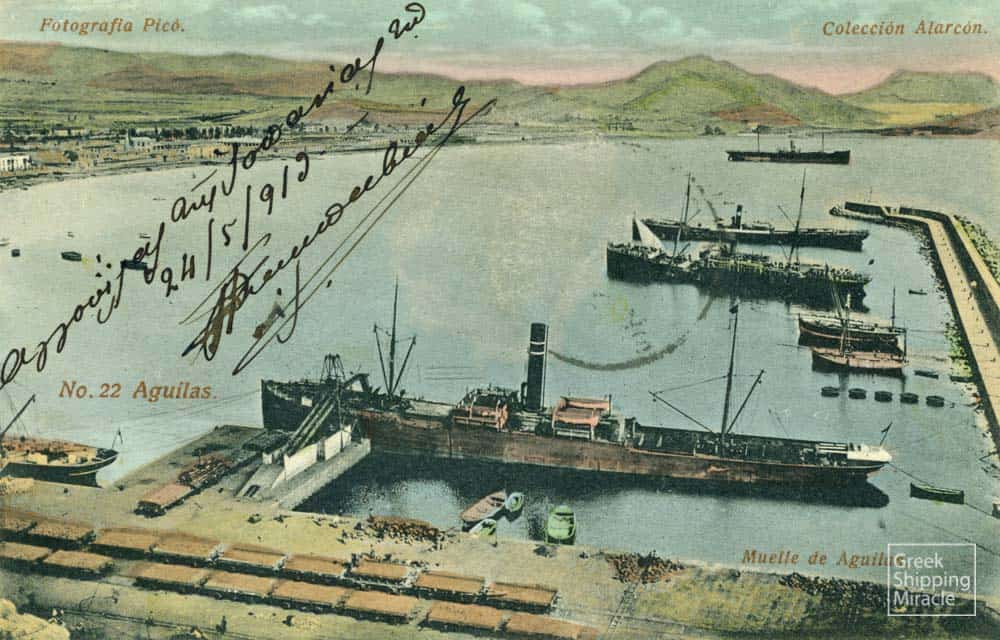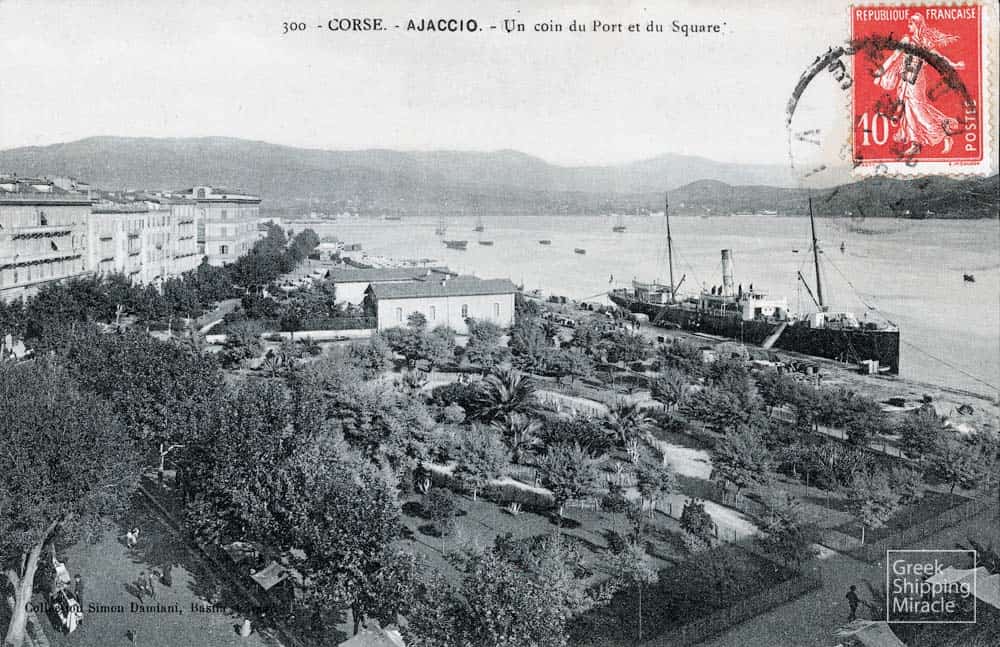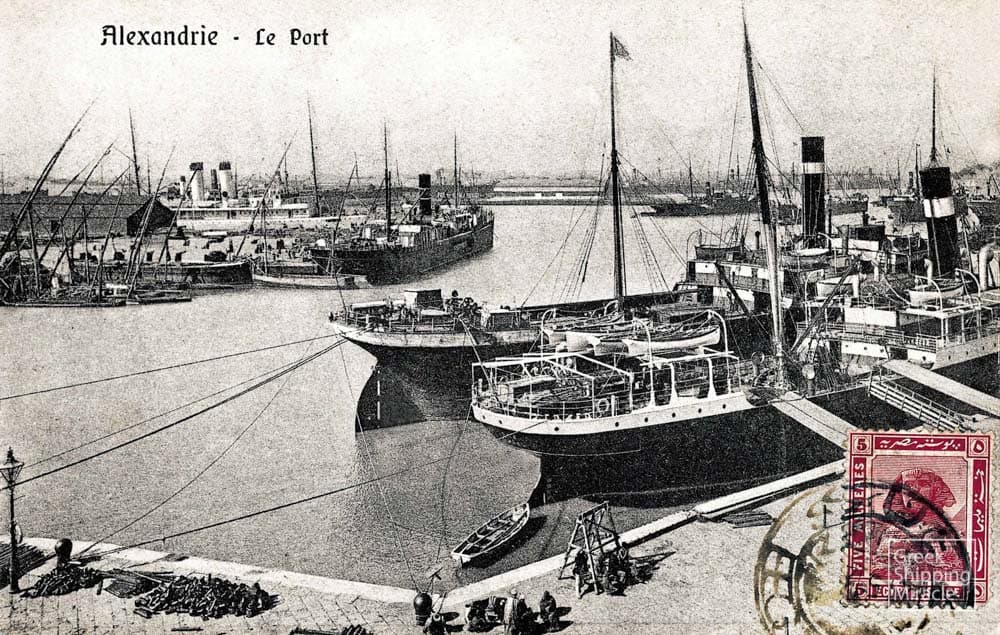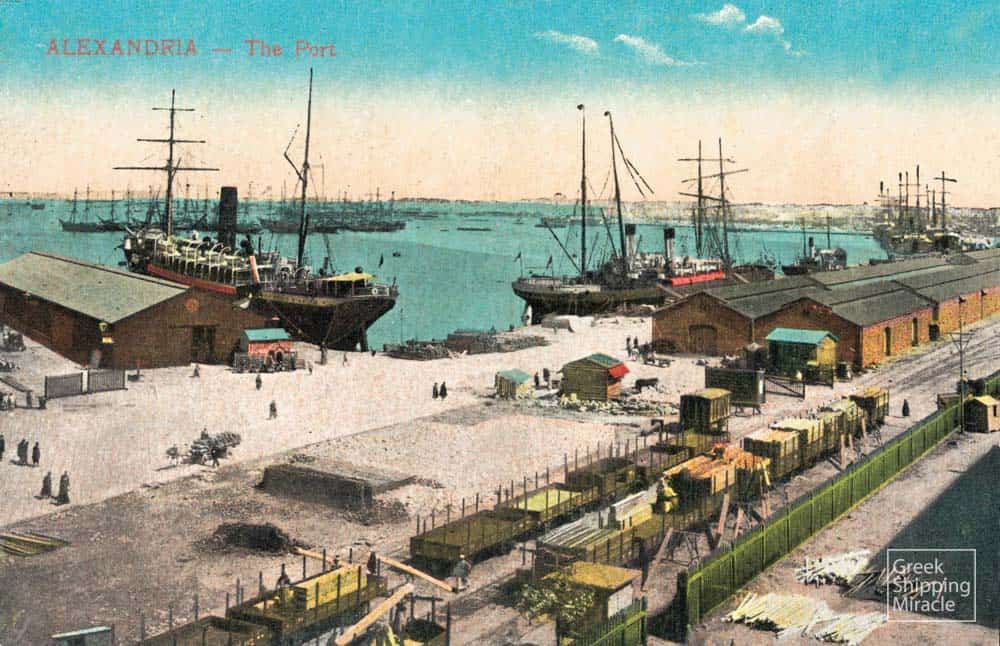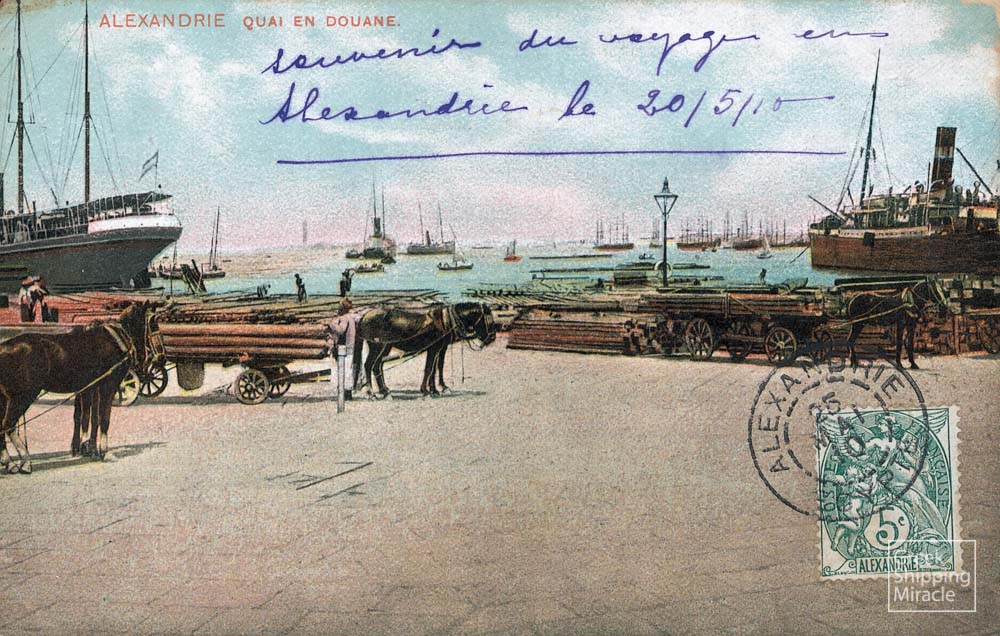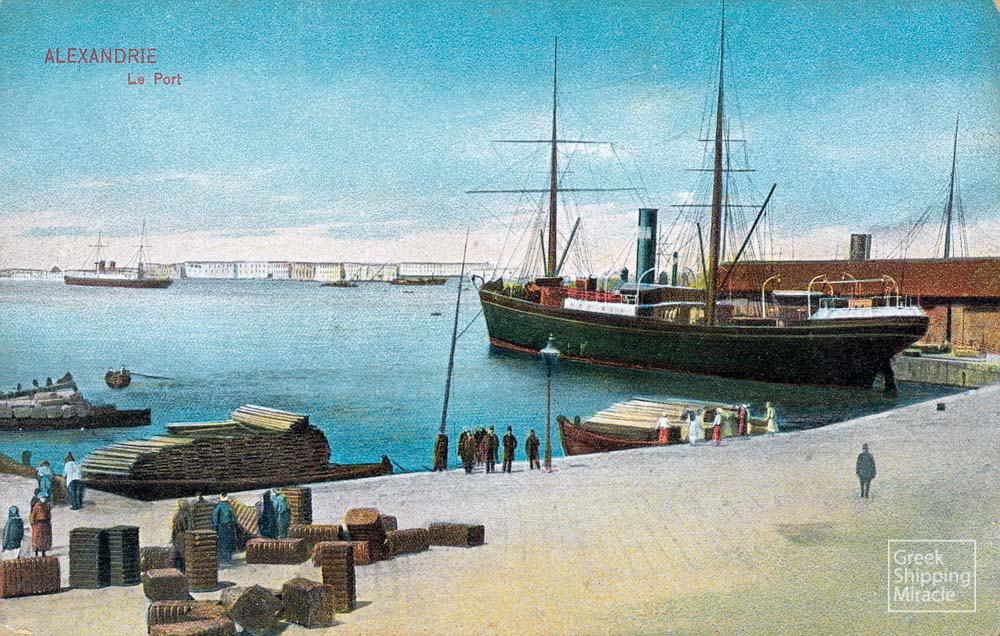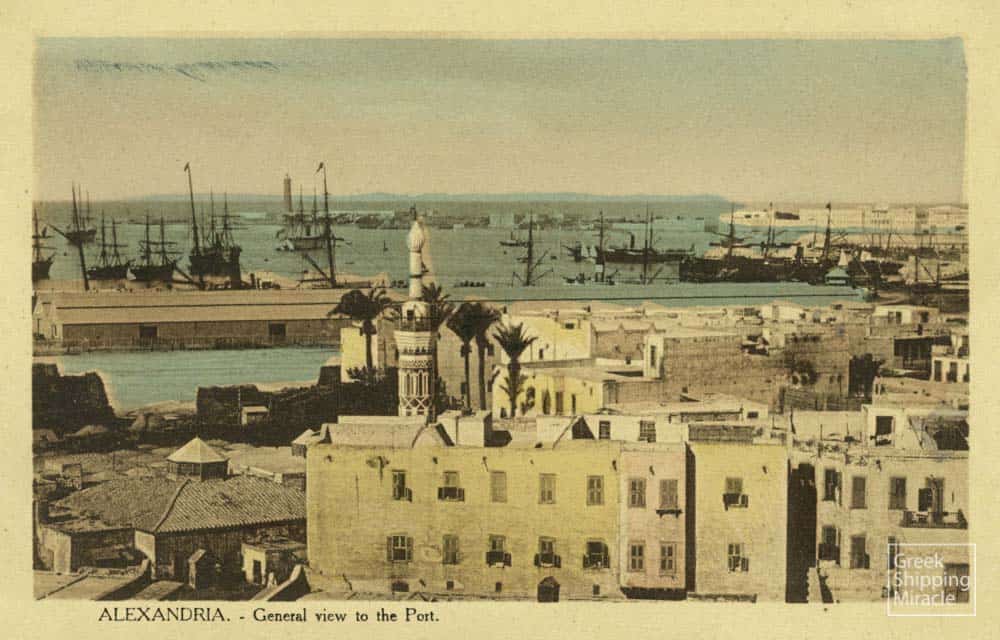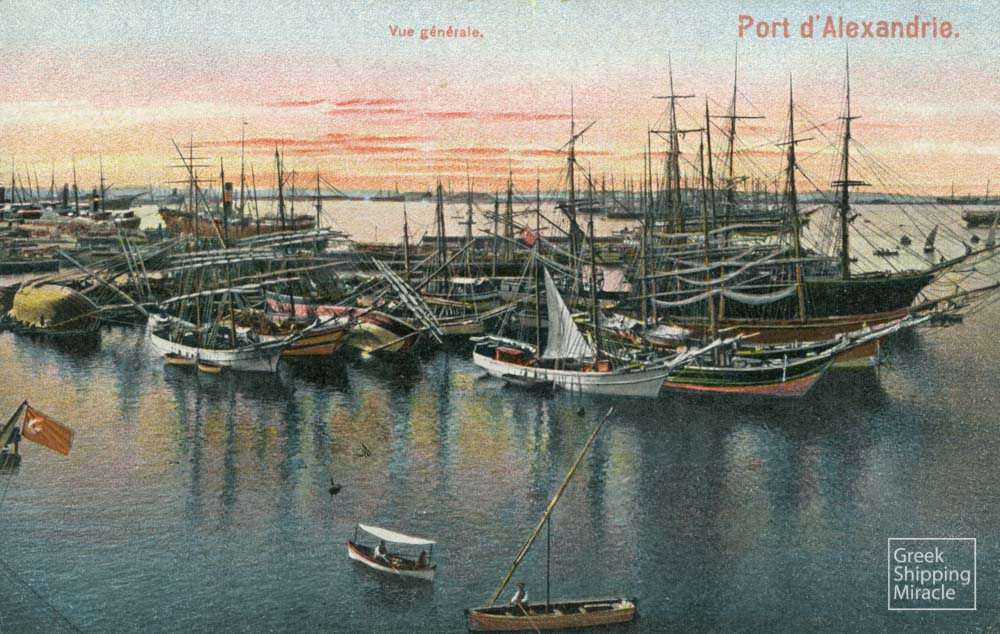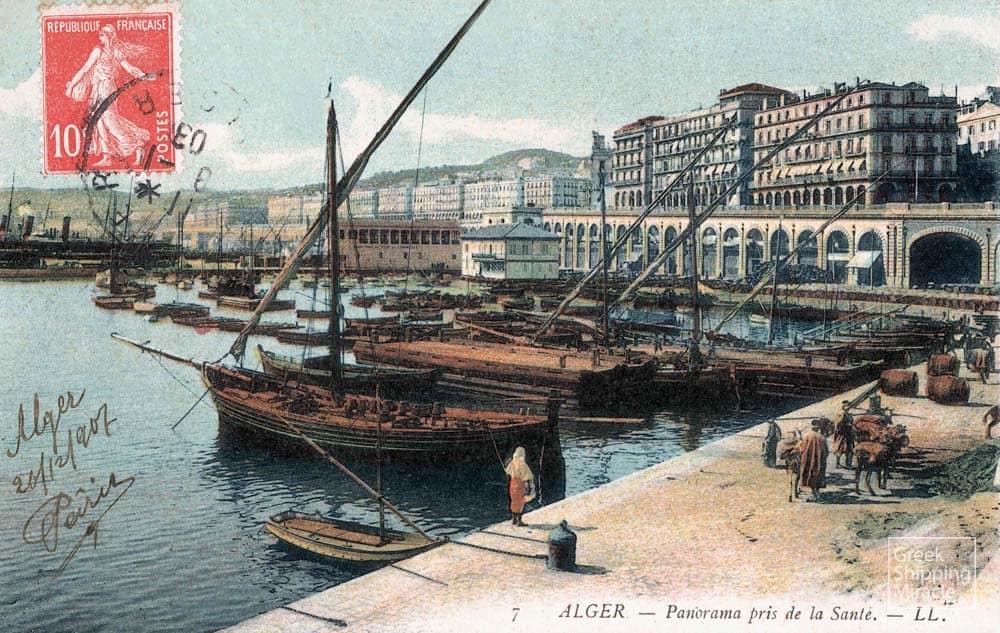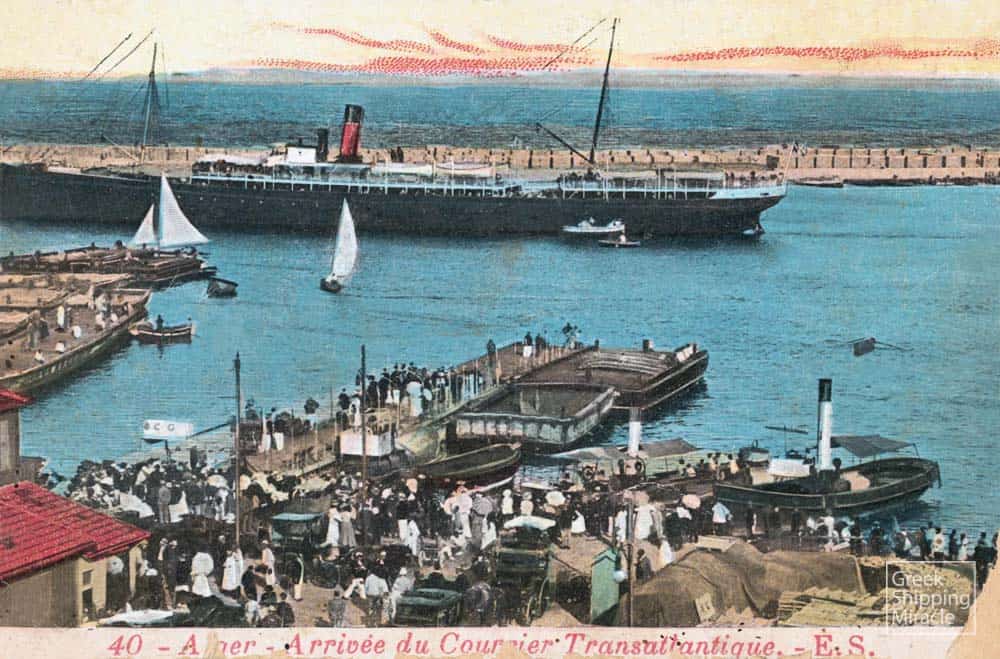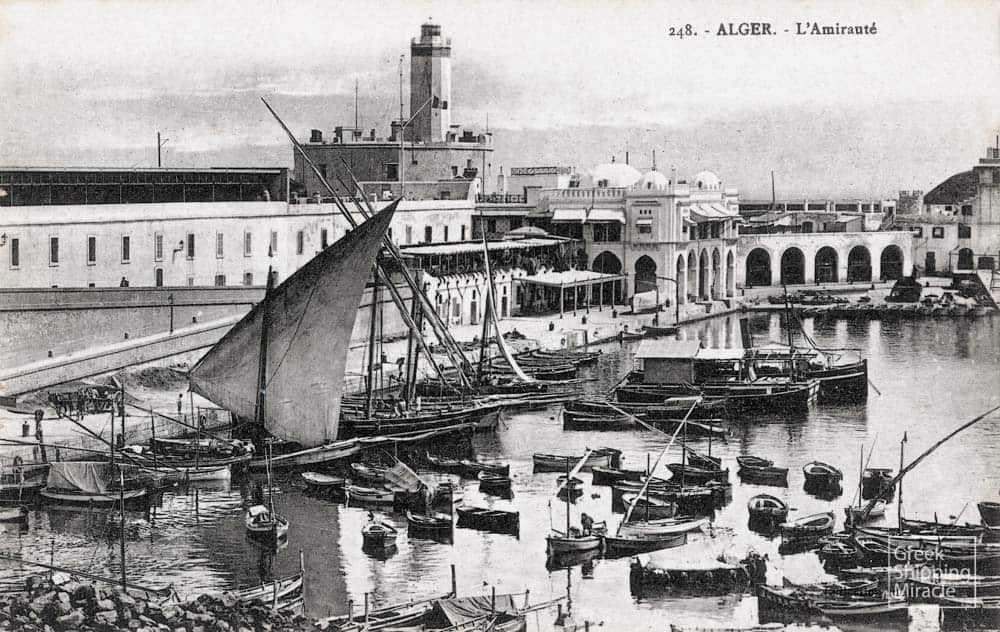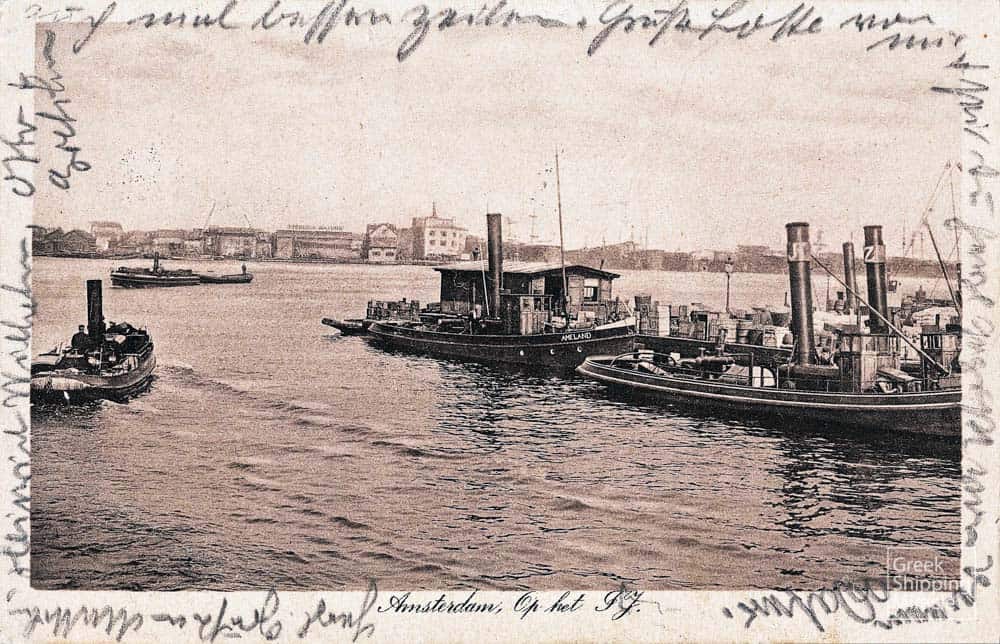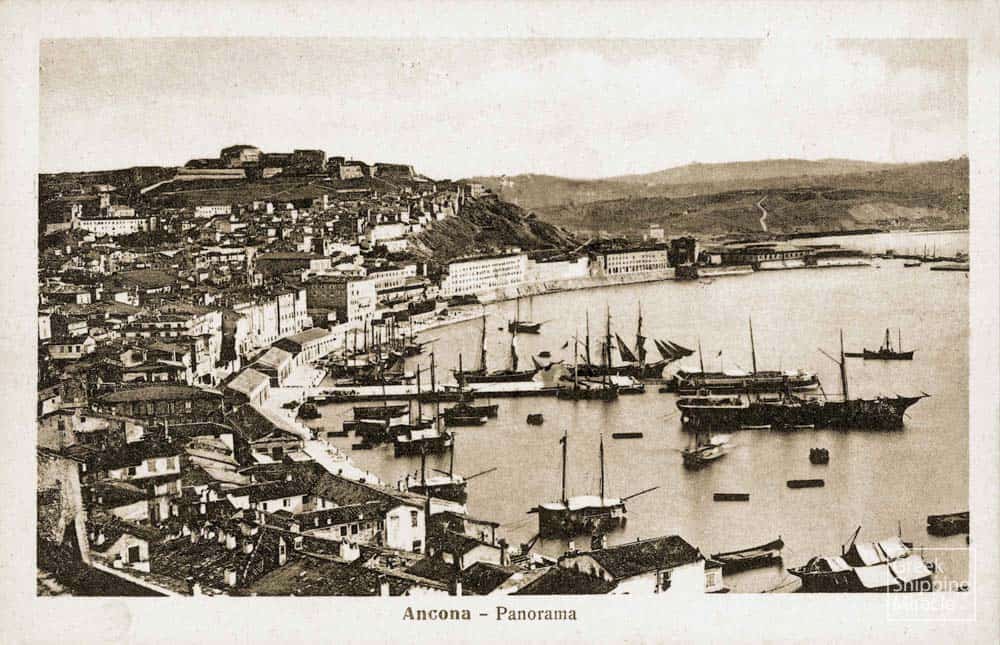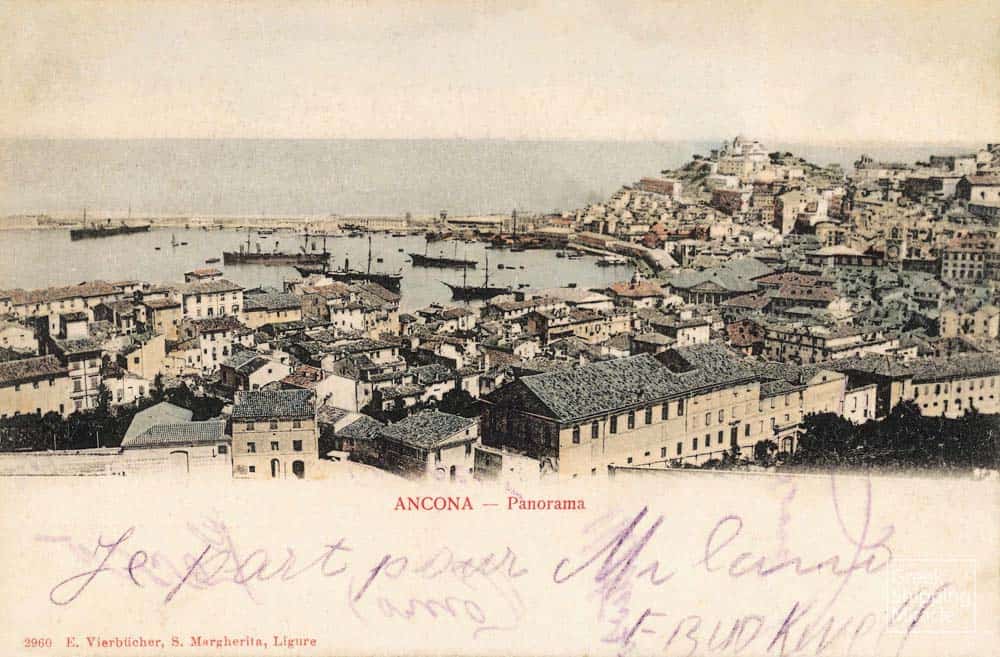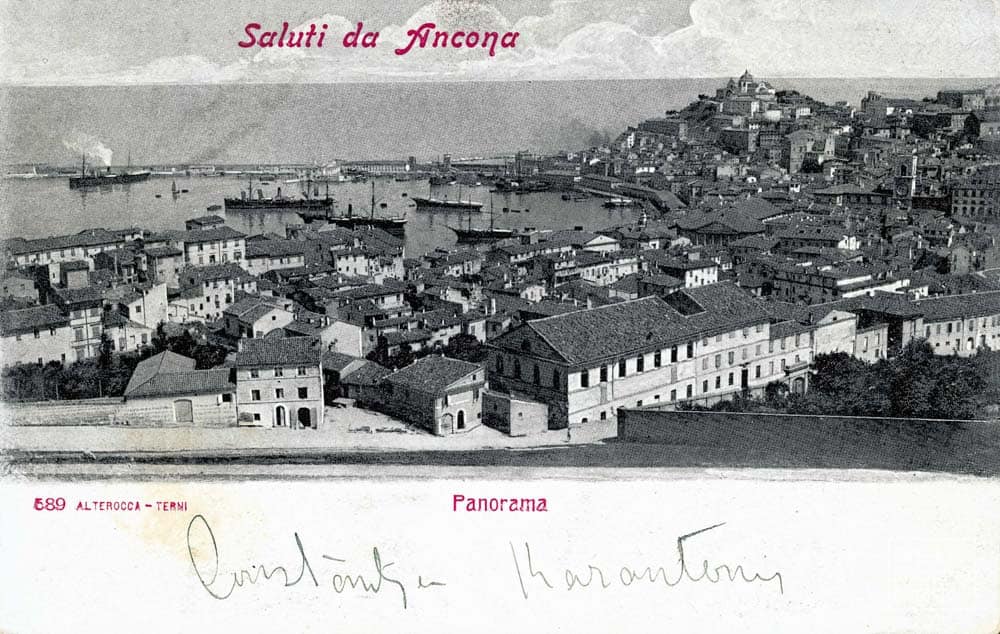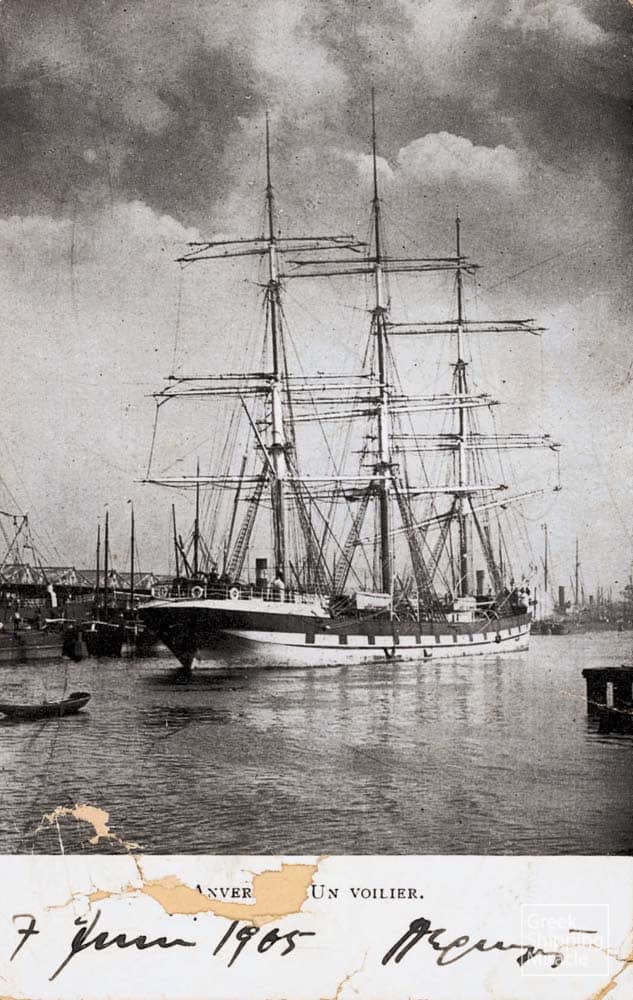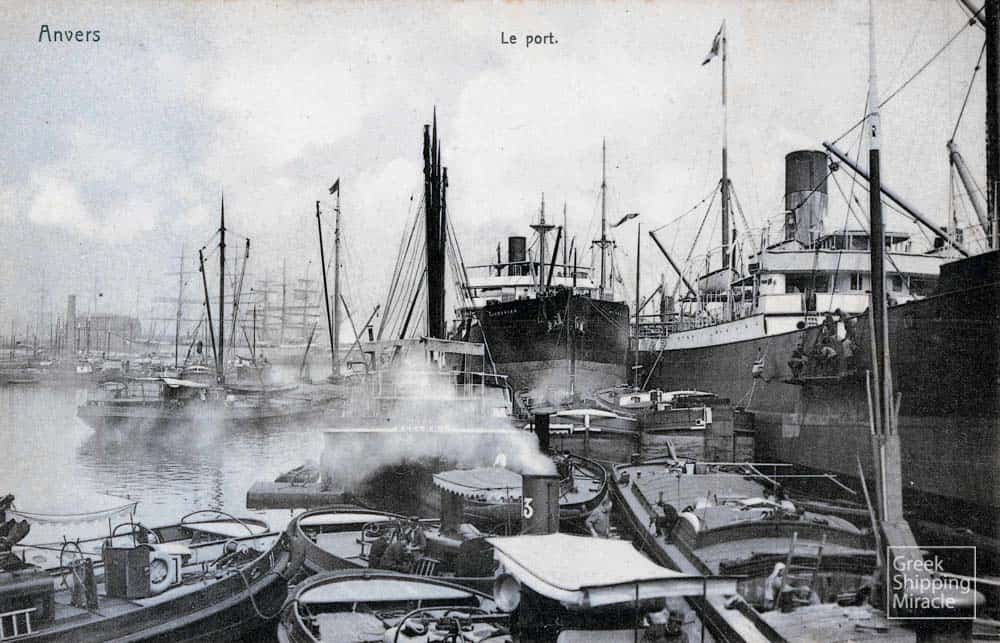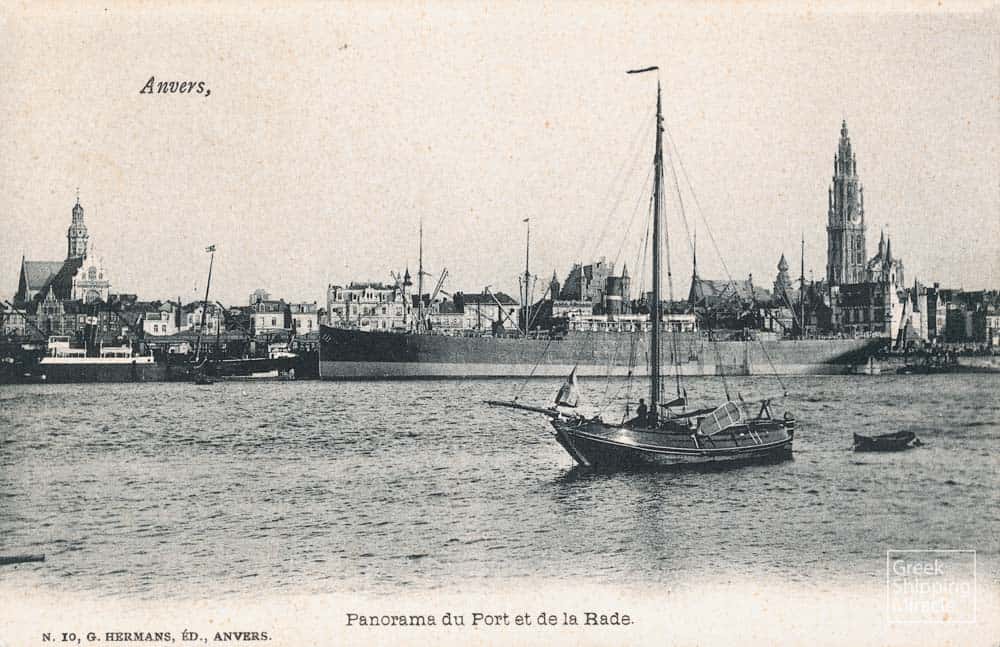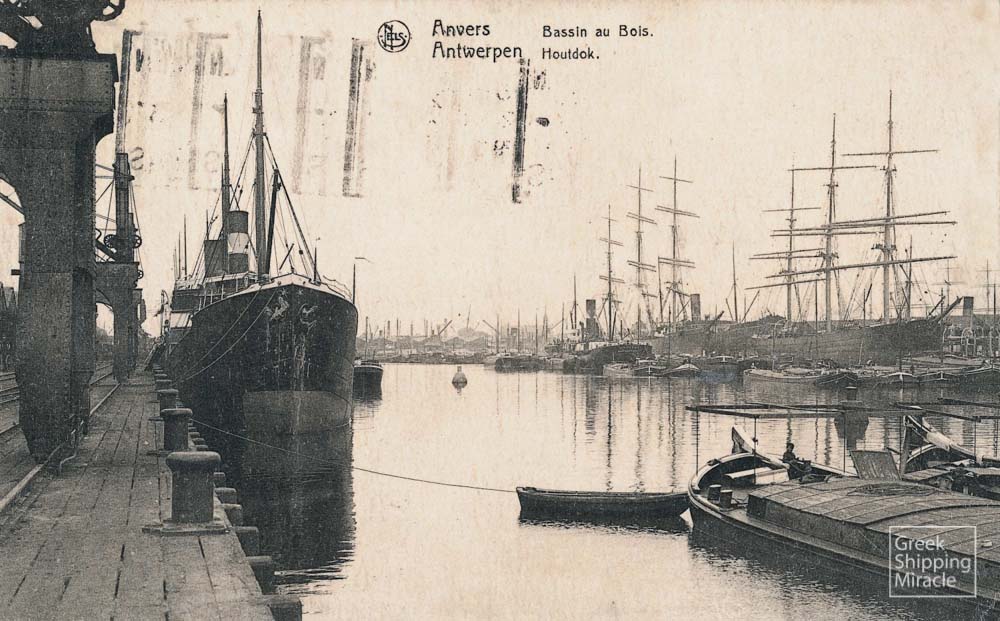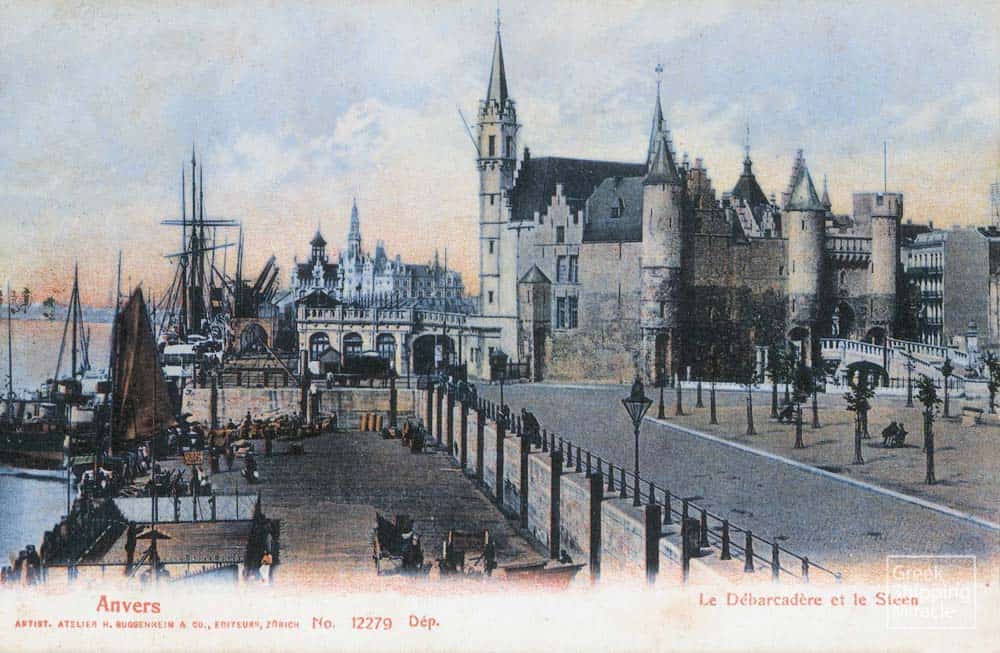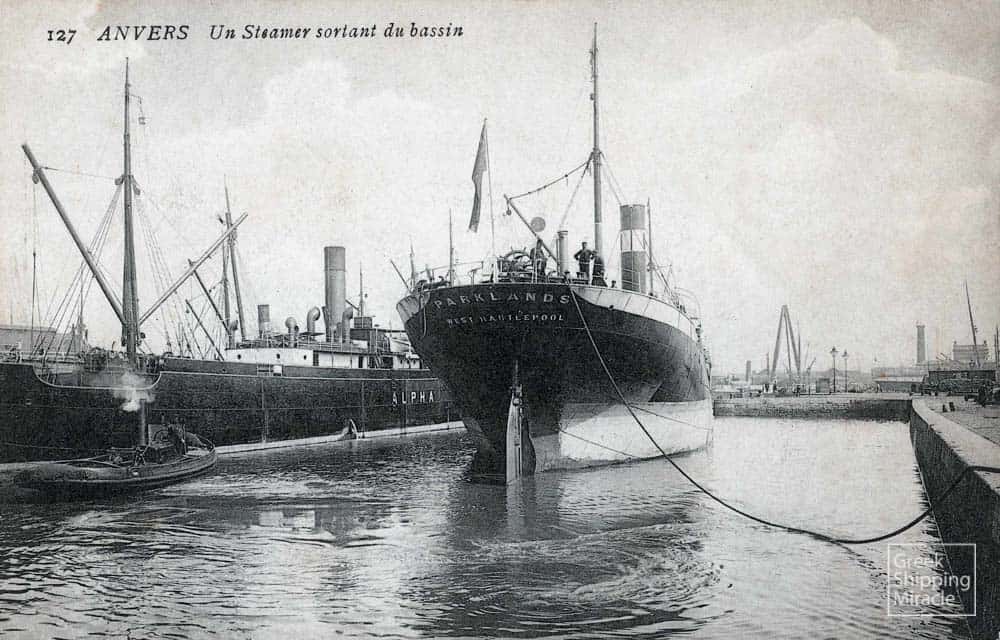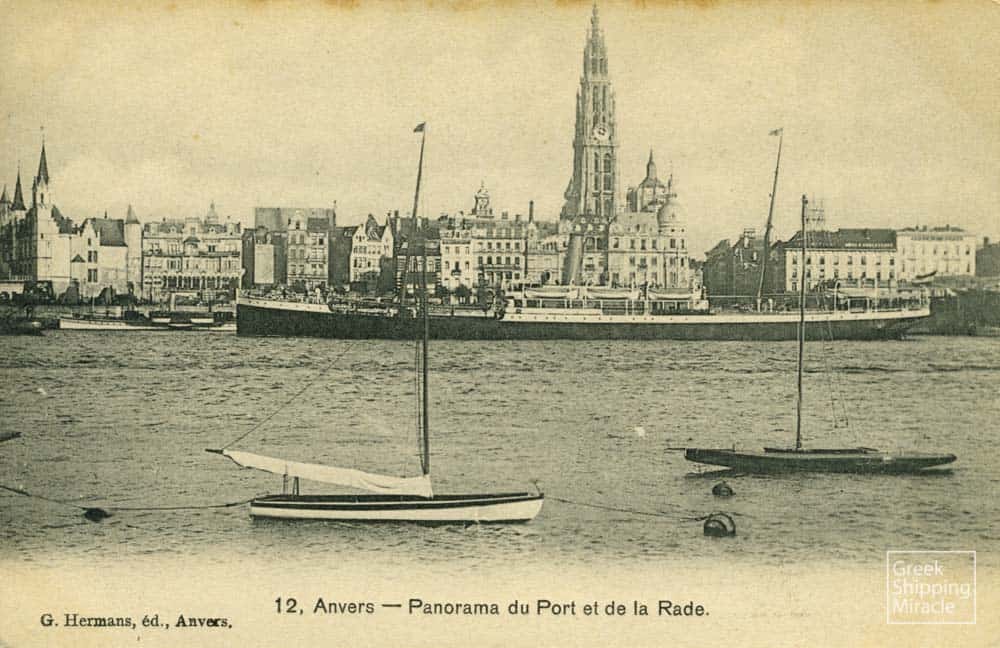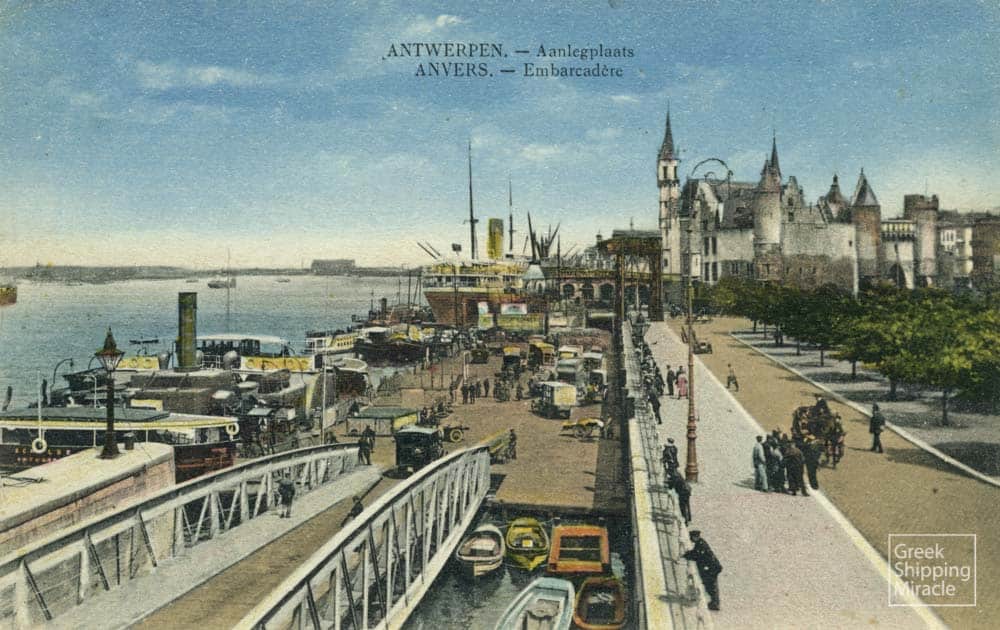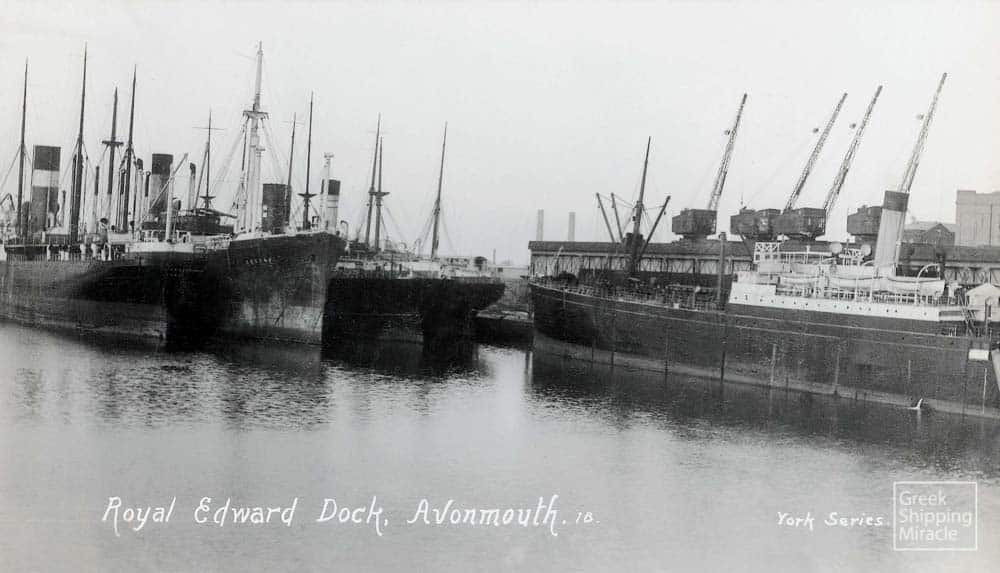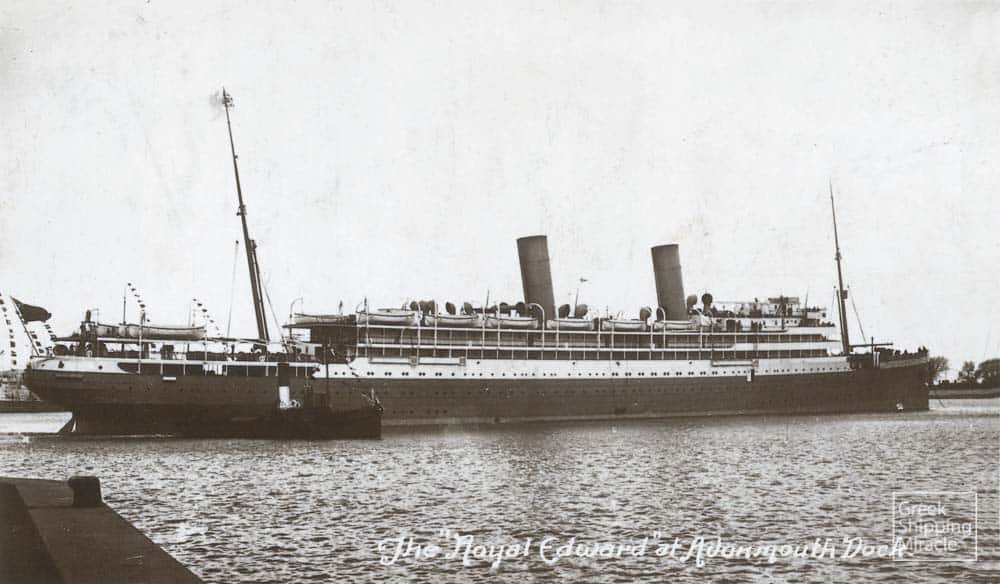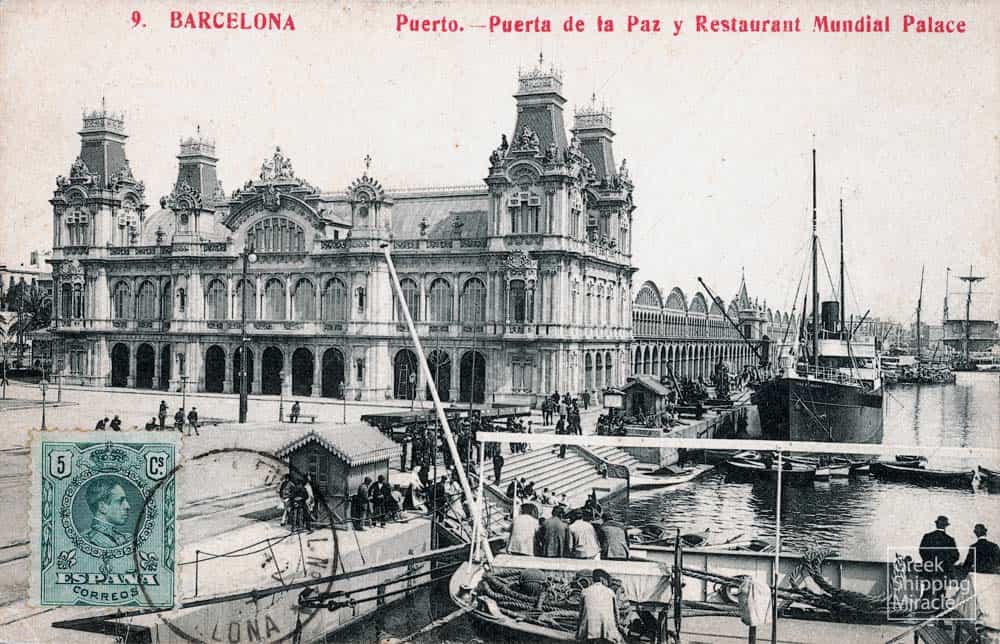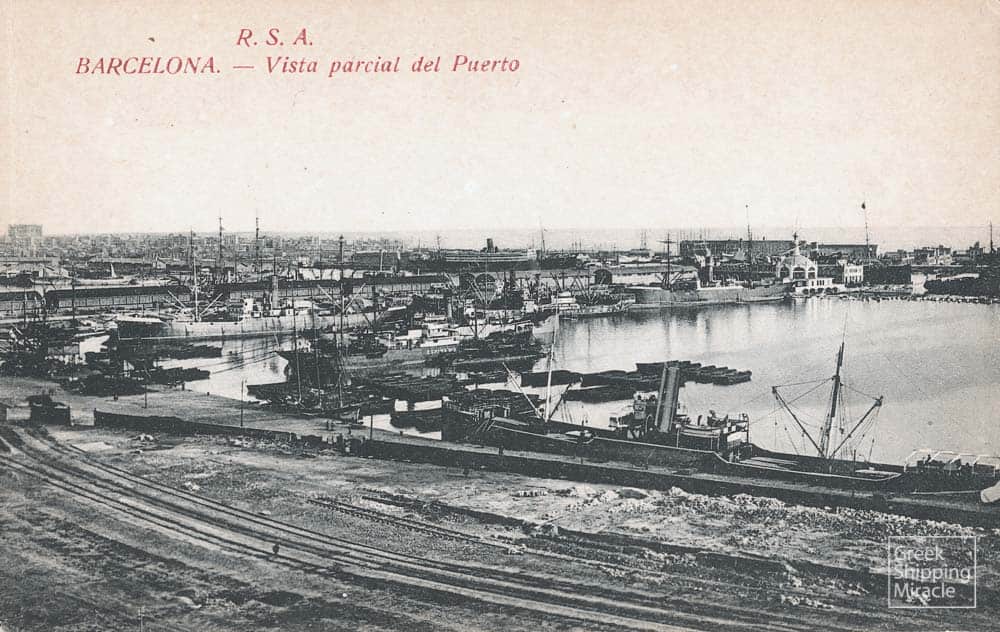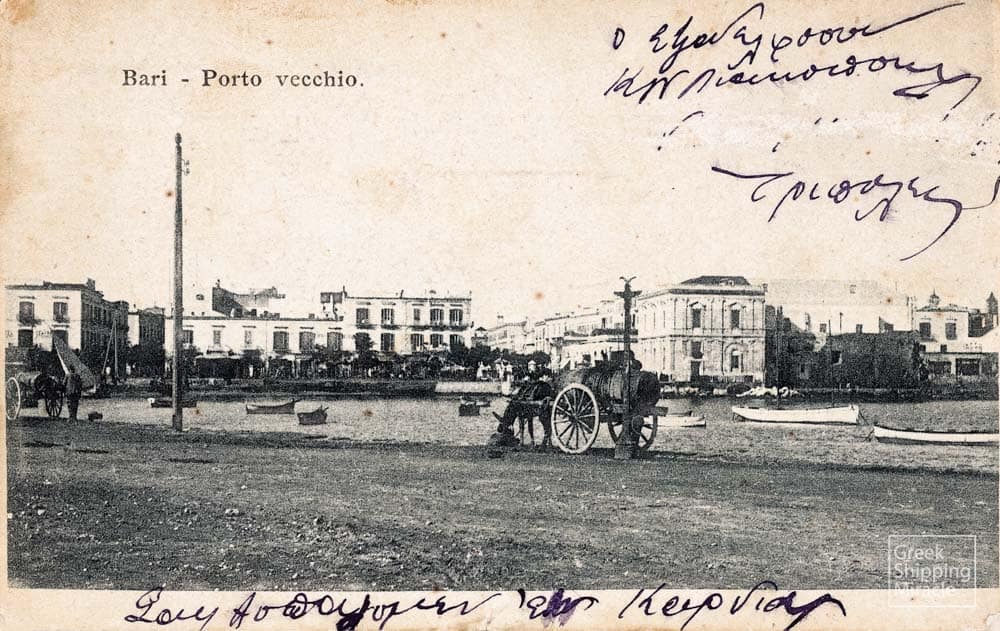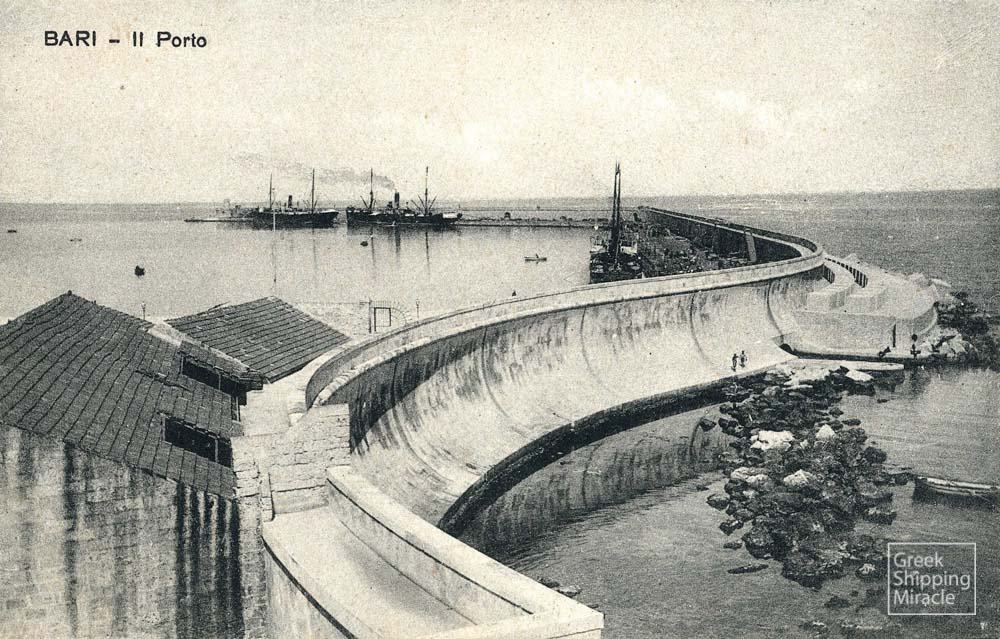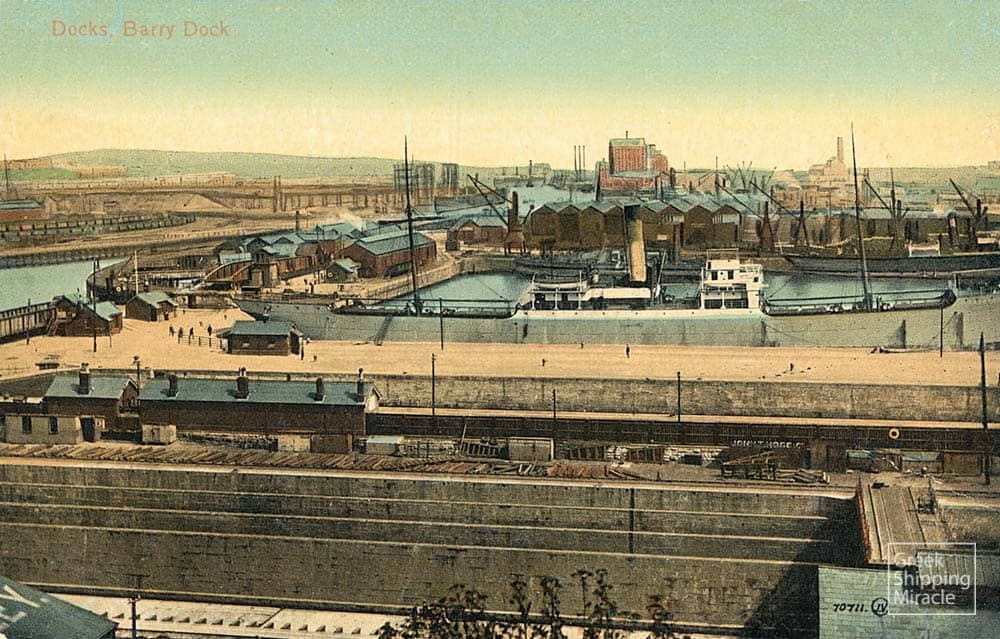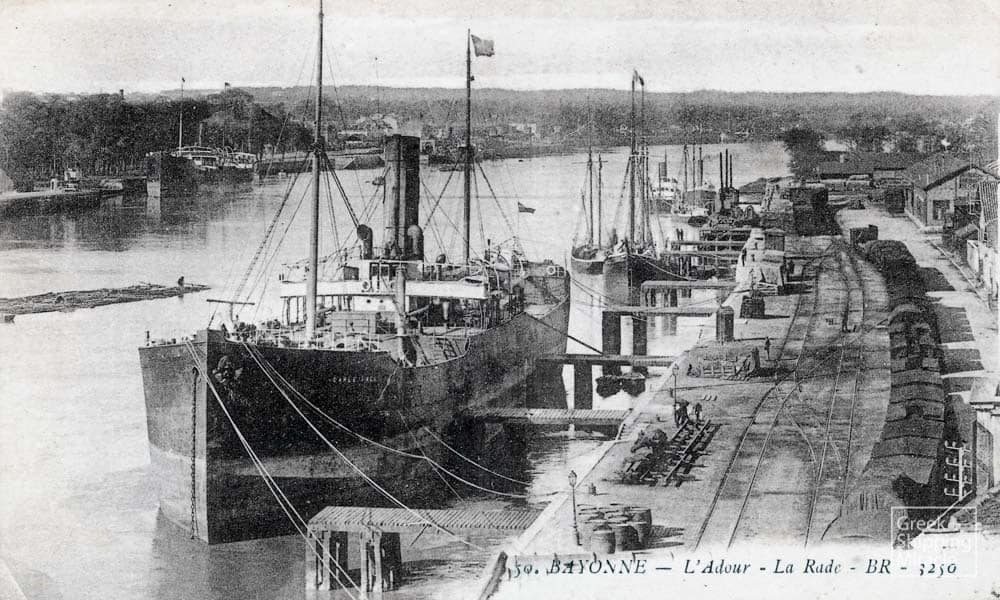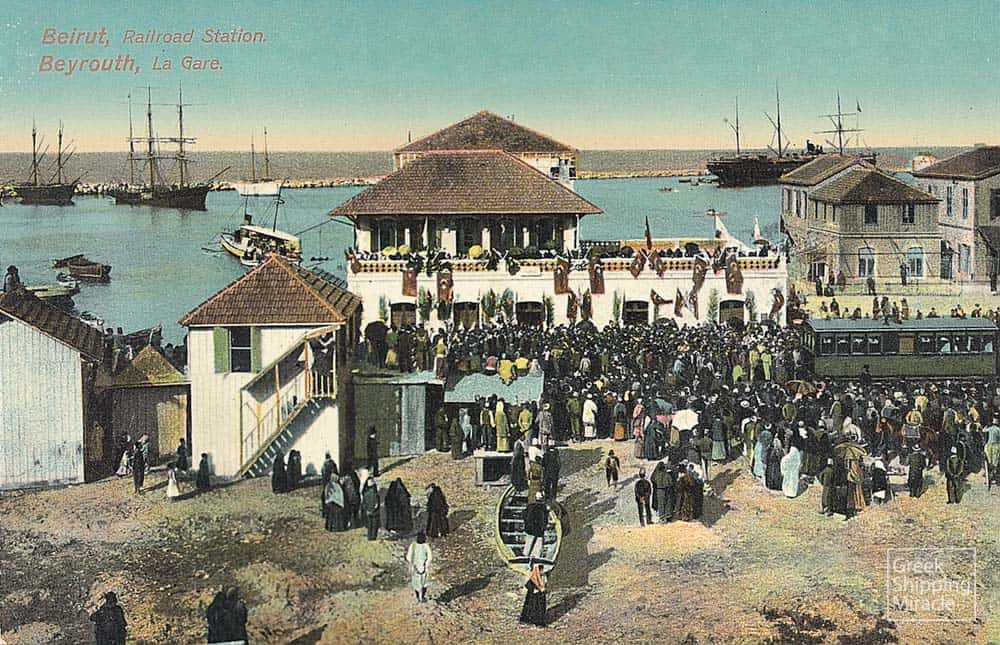PORTS IN THE EARLY 20th CENTURY
Perhaps the reason why postcards became so popular was that they were an easy, fast and inexpensive way to communicate short messages, much like emails, instant messages and other contemporary digital messaging services.
Often a souvenir of a landmark or a town visited, the publication of picture postcards evolved within a short period of time into a stand-alone industry. Similarly, deltiology, that is the collection and study of postcards, has been one of the most popular collecting activities ever since the golden age of postcards.
The use of picture postcards coincided with some major technological advancements of the 19th century, namely the birth of photography and the development of fast and affordable travel by rail and sea. Naturally, subjects related to travel and popular tourist destinations were some of the most frequently depicted themes on postcards. Among these were ports and other seaside locations.
This section presents a wide selection of postcards depicting ports and coastal towns in Europe, the Black Sea and the Mediterranean during the first decades of the 20th century.
These pictures, which often are the only surviving pictorial representation of several locations, not only provide an accurate depiction of daily life in many countries at a time when photography was in its infancy, but also a solid view of shipping operations in some of the world’s busiest ports.


